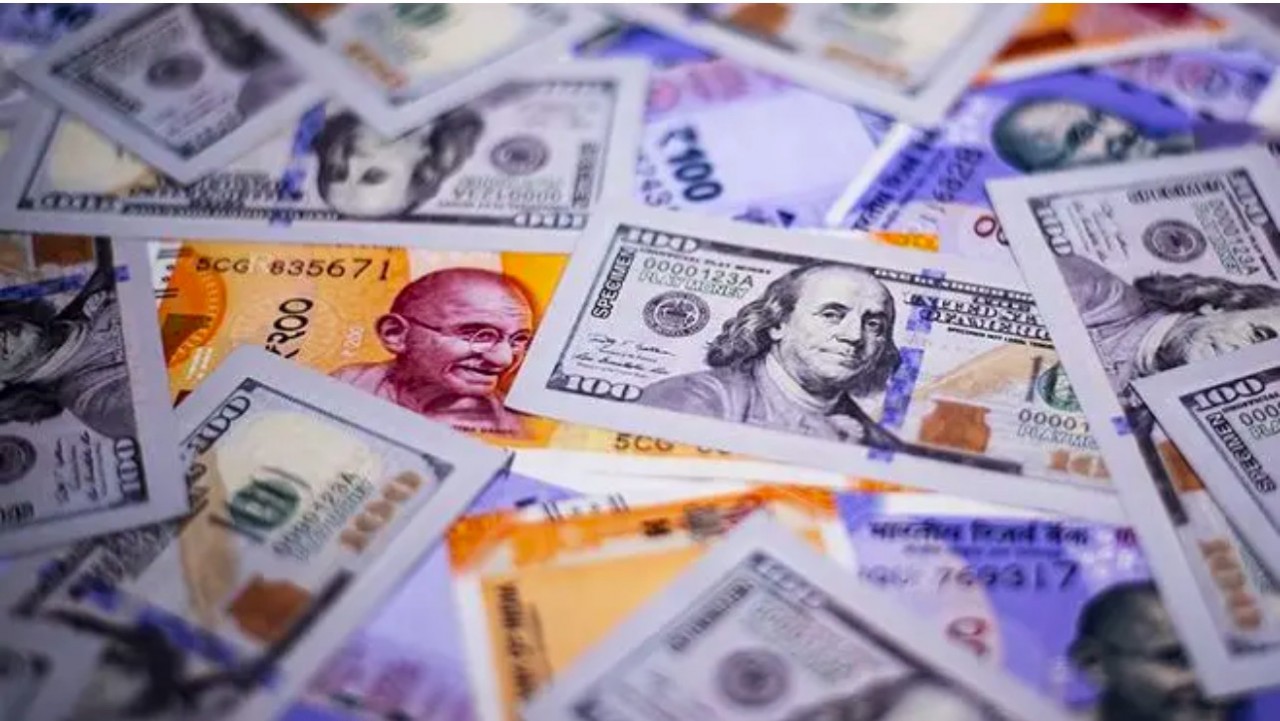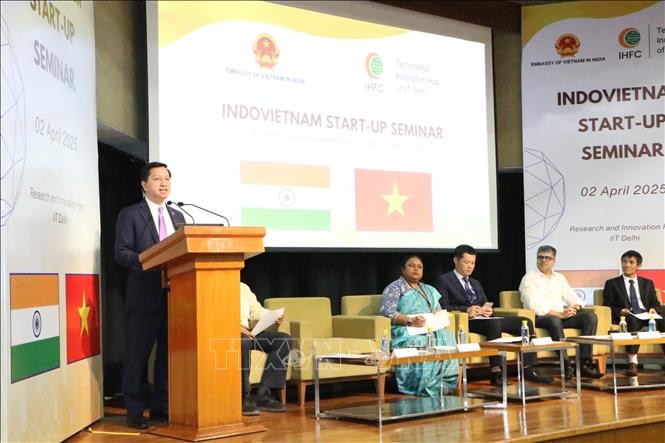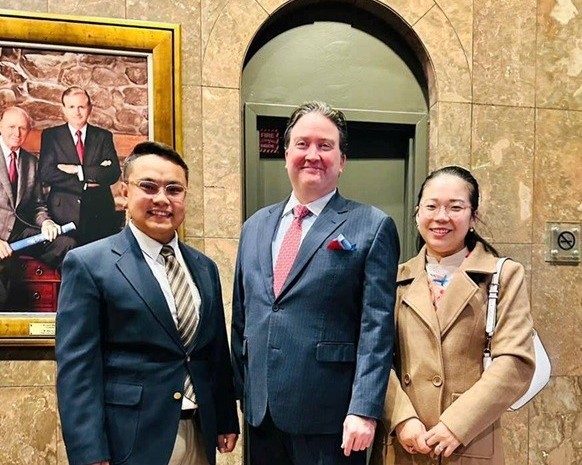ADB to sponsor VN secondary cities' green growth
(VNF) - It has been over thirty years since the launch of the economic reforms known as Doi Moi. Nowadays, Vietnam is considered a development success story, which marked by remarkable achievements in poverty reduction and economic growth.
The economy has developed from being largely closed and centrally planned to dynamic and market-oriented, integrated and connected to the global economy. Furthermore, growth has been inclusive, translating into tangible gains for the Vietnamese people, economically and in broader welfare terms, with significant increases and improvements in access to and quality of services.
Vietnam reached middle-income status in 2009, achieved most Millennium Development Goals (MDGs), many of them ahead of time, and has adopted the Sustainable Development Goals (SDGs).
| |
Vietnam has high demand for infrastructure development (photo: P.Y)
While the demand for investments in infrastructure exceeds available resources, the capability to mobilize private sector resources for such investments remains weak. Vietnam’s demographic and economic evolutions are also putting new demands on service delivery and social protection systems.
At the same time, Vietnam is highly vulnerable to climate change and natural disasters, and natural assets are exploited unsustainably. Weak institutions, often go with overlapping mandates and responsibilities, and inadequate processes for coordination, impede state effectiveness.
Nowadays, more than 30 million people are living in the urban areas of Viet Nam, but the impact of urbanization is uneven across the country.
Unlike the capital Ha Noi and other highly developed urban centers, secondary cities with populations between 50,000 to 300,000, such as Hue in central Viet Nam and Vinh Yen and Ha Giang in the northern part of the country are lagging behind. For instance, less than 60% of households in secondary cities have access to clean water and only 10% of wastewater is treated properly.
Secondary cities need special attention for sustainable development (photo: P.Y)
Noticing the need for more sustainable development projects in Vietnam, the Asian Development Bank (ADB) has announced its country partnership strategy 2016 – 2020 for Vietnam, with an aim to support investments and policy reforms that promote more inclusive and environmentally sustainable economic growth.
ADB’s strategic framework will be based on three pillars: promoting job creation and competitiveness; increasing the inclusiveness of infrastructure and service delivery; and improving environmental sustainability and climate change response.
In particular, on November 2, the ADB's Board of Directors has approved USD 170 million in loans to help Viet Nam upgrade urban infrastructure and address climate change, benefiting about 116,000 households in Hue, Vinh Yen, and Ha Giang.
“Urbanization has had a positive impact on Viet Nam’s growth. But many cities, even as they continue to be the center of economic activities, lack key urban infrastructure services and remain vulnerable to climate change, particularly flooding,” said Satoshi Ishii, a Principal Urban Development Specialist at ADB.
We look forward to working with Provincial People’s Committees of Thua Thien Hue, Vinh Phuc, and Ha Giang—administrative authorities of the capital cities of Hue, Vinh Yen, and Ha Giang—to make sure that their provincial capitals are green and climate-resilient, while enhancing their economic competitiveness.”he added.
ADB's latest efforts in helping Vietnam deal with the issue is shown in its recently launched "Secondary Green Cities Development Project", which will help make these urban centers become more livable, environmentally friendly, and climate-resilient.
For Vinh Yen, the project will construct a new wastewater treatment system, upgrade 66.1 kilometers (km) of drainage control, dredge the Dam Vac lake, and develop 44.5 hectares (ha) of new public green space. In Hue, the project will upgrade 21.9 km of drainage pipelines, rehabilitate 15.9 km of road surface and drainage, and develop 17.2 ha of green spaces, among others. In Ha Giang, the project will upgrade about 7 km of urban drainage, protect 5.6 km of river embankments, and enhance the road urban network through a 6.2 km road and a 150-meter bridge to pert increasing traffic.
Apart from the loans, ADB will also administer a total of USD 14.1 million in technical assistance with the Ministry of Natural Resources and Environment—and USD 6 million in grant investment from the Global Environment Facility and the Urban Climate Change Resilience Trust Fund. The TA will mainstream a green and resilient city development approach across government agencies through policy advice and capacity building, and replicate the approach in other cities in Viet Nam.
ADB, based in Manila, is dedicated to reducing poverty in Asia and the Pacific through inclusive economic growth, environmentally sustainable growth, and regional integration. Established in 1966, ADB is celebrating 50 years of development partnership in the region. It is owned by 67 members—48 from the region. In 2016, ADB assistance totaled $31.7 billion, including $14 billion in cofinancing./.
( Phi Yen )
Recommended
 Economy
Economy
India's forex reserves surge to $665.4 billion in major jump in nearly five months: RBI
 Economy
Economy
India’s defence exports hit record $2.76 billion in FY25: A milestone for self-reliance
 Economy
Economy
India-Russia conclude 14th edition of Naval Exercise Indra 2025
 Economy
Economy
Vietnam and India Join Forces to Support Start-ups
 Economy
Economy
US Tariff Misaligned with Bilateral Cooperation: Foreign Ministry Spokesperson
 Economy
Economy
Greenfield & Associates, LLP - Professional partners in tax and financial accounting for Vietnamese businesses in the U.S. market
 Economy
Economy
Roots of Enlightenment: India’s Timeless Buddhist Journey
 Economy
Economy
